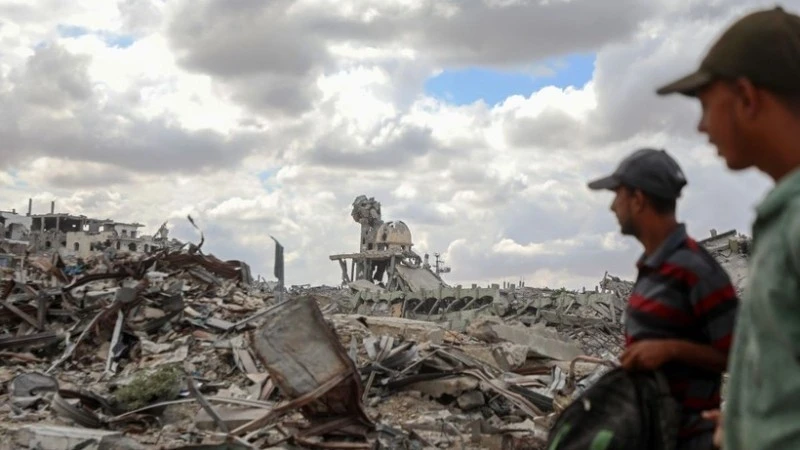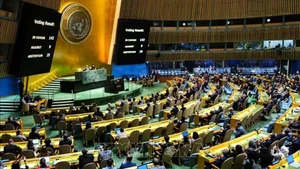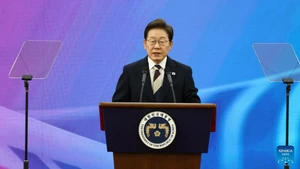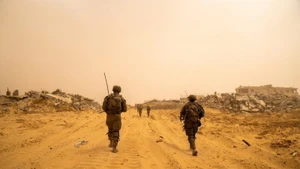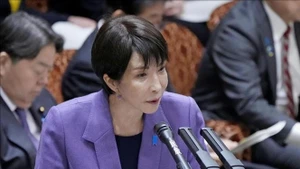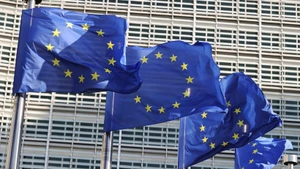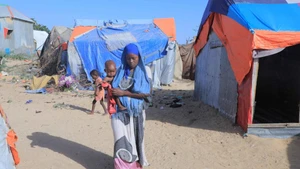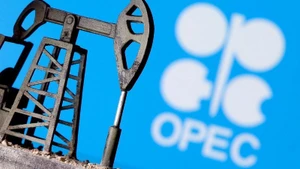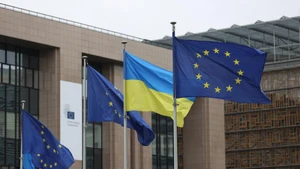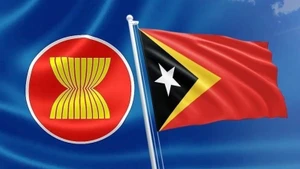Iranian Foreign Minister Abbas Araghchi and IAEA Director General Rafael Grossi signed the agreement in person, reviving bilateral cooperation that had been frozen following Israeli and US attacks on Iran’s nuclear facilities. The signing ceremony took place in Cairo, under the mediation of Egypt.
Speaking after the ceremony, Araghchi expressed hope that the IAEA would responsibly implement its obligations under the new cooperation framework. The Iranian foreign minister said he was satisfied that the agreement reflected the security concerns of both sides.
For his part, Grossi confirmed the agreement with optimism, announcing that inspections in Iran would resume, and emphasising that this represented a significant step forward.
However, this “fruitful outcome” is not solely the achievement of Iran and the IAEA, but also the result of efforts by the international community, including mediator Egypt and the E3 group of European nations - the UK, France and Germany.
Cooperation between Iran and the IAEA had been suspended since early July, when Iranian President Masoud Pezeshkian issued a decree halting engagement with the agency. Tehran criticised the IAEA for failing to act after US and Israeli strikes on its nuclear facilities in June.
Since then, the doors of Iran’s nuclear facilities had been firmly shut to IAEA inspectors. The stance was further hardened when the Islamic Republic’s parliament passed a law suspending cooperation with the IAEA, stipulating that all inspections must first be approved by Iran’s Supreme National Security Council.
Iran has previously declared its readiness to accept limits on its nuclear programme and uranium enrichment in exchange for the lifting of international sanctions. Araghchi reiterated that Tehran was prepared to build a practical and lasting agreement under strict monitoring, with restrictions on uranium enrichment, in return for sanctions relief. His statement was aimed at the E3, which has been pushing Tehran to resume talks over its nuclear activities.
At the same time, the E3 have exerted strong pressure on Iran over delays in granting access to IAEA inspectors. In late August, the group activated the mechanism to reimpose United Nations sanctions on the Islamic Republic, but left open a one-month window for Tehran to negotiate.
The landmark 2015 nuclear agreement with the P5+1 group, comprising the five permanent members of the UN Security Council plus Germany, signed under US President Barack Obama, had eased severe sanctions on Iran. Yet three years later, President Donald Trump unilaterally withdrew the United States from the deal and re-imposed sanctions, including those targeting countries that purchased Iranian oil.
After repeated failed negotiations, Iran began scaling back its commitments and gradually resumed uranium enrichment, pushing its nuclear issue into deadlock. While Western nations voiced concerns that Tehran was seeking to develop nuclear weapons, the Islamic Republic has consistently rejected the accusation, insisting that its nuclear programme serves purely civilian purposes.
The signing of the cooperation agreement between Iran and the IAEA marks the end of drawn-out negotiations, mutual recriminations, preconditions and mounting pressures. For the IAEA, the doors to Iran’s nuclear facilities are once again open to international inspectors. For Iran, the Islamic Republic has managed to defuse the “time bombs” of sanctions hanging over its people.



